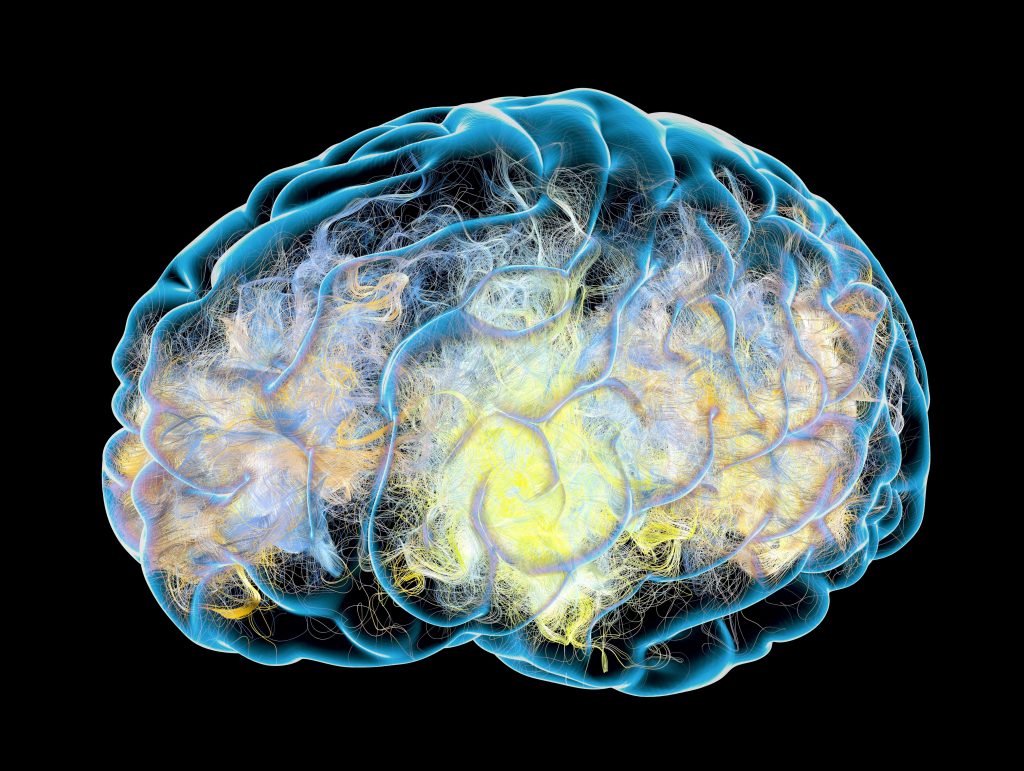-
Neurosciences
Mayo Clinic Q and A: Advances in care for medication-resistant epilepsy

DEAR MAYO CLINIC: My son is in his 20s and has had epilepsy for years. He had undergone extensive evaluation over a decade ago. Lately, his medication hasn't been effectively preventing seizures. What are some of the innovations available to provide him the chance of seizure freedom and improve his quality of life?
ANSWER: An epilepsy diagnosis can be challenging for anyone. Epilepsy can be frustrating because of the unpredictability of seizures and the challenge many people have with medication.
The good news is that over the last two decades we have made several advances in both diagnosing and treating epilepsy. From a diagnostic standpoint, we have a better understanding of the genetic basis of epilepsy, with the discovery of multiple epilepsy genes guiding treatment decisions. Advances in imaging mean higher-quality brain scans that can help us better pinpoint a patient's seizure focal point and improve chances of providing seizure freedom. Soon we also hope to forecast or predict when seizures will occur.
If your son has not had continuing care with a neurologist or epilepsy specialist, I would recommend that he consider an evaluation at a specialized epilepsy center that can provide a comprehensive team approach to his care. The National Association of Epilepsy Centers rates Mayo Clinic as a Level 4 epilepsy center because of the availability of the broadest range of diagnostic and treatment options for people with epilepsy. Mayo Clinic epilepsy care teams have experience treating epilepsy to eliminate seizures or reduce the frequency and intensity of seizures in children and adults.
As far as treatment advancements, there have been many improvements over the last several years. There has been a significant increase in the number of antiseizure medications coming to the market. There are now more than 25 different medications, which are much safer and more effective in controlling seizures.
When medicines cannot adequately control seizures, patients now have a number of other advances to help them, including minimally invasive laser surgery, which uses a laser probe and thermal ablation to destroy epileptic tissue, and deep brain stimulation, which can significantly reduce seizures in people whose epilepsy is difficult to treat. Also, patients who may have focal epilepsy and are not surgery candidates have other options for care.
Another recent advancement is the ability to use implantable electrical devices that act like pacemakers of the brain. One of these devices can sense abnormal electrical brain activity and then deliver an electric current to stop seizures. The amount of stimulation is controlled by a wire that travels under your skin near the chest and connects this device to the electrodes in your brain.
In addition, there is exciting research that is happening related to epilepsy, including clinical trials looking at new therapies.
Having uncontrolled seizures can be extremely frustrating, but given the advances in recent years, seeking out expert care for a second opinion may be valuable for your son as he ages so he can find a better quality of life. — Dr. Anteneh Feyissa, Neurology, Mayo Clinic, Jacksonville, Florida
****************************
Related Articles
- Mayo Clinic Minute: A surgery option when epilepsy treatments don’t work published 2/6/23
- Consumer Health: Epilepsy — causes and risk factors published 11/17/22
- Mayo Clinic Minute: Demystifying epilepsy published 11/8/22
- Ask the Mayo Mom: Navigating a new epilepsy diagnosis published 11/4/22
- Expert Alert: Laser therapy brings the heat to minimally invasive epilepsy treatment published 4/29/22
- Responsive neurostimulation helps Carlos Martinez help others with epilepsy published 3/25/22
- Mayo Clinic Minute: What is a ‘brain pacemaker?’ published 2/21/22







